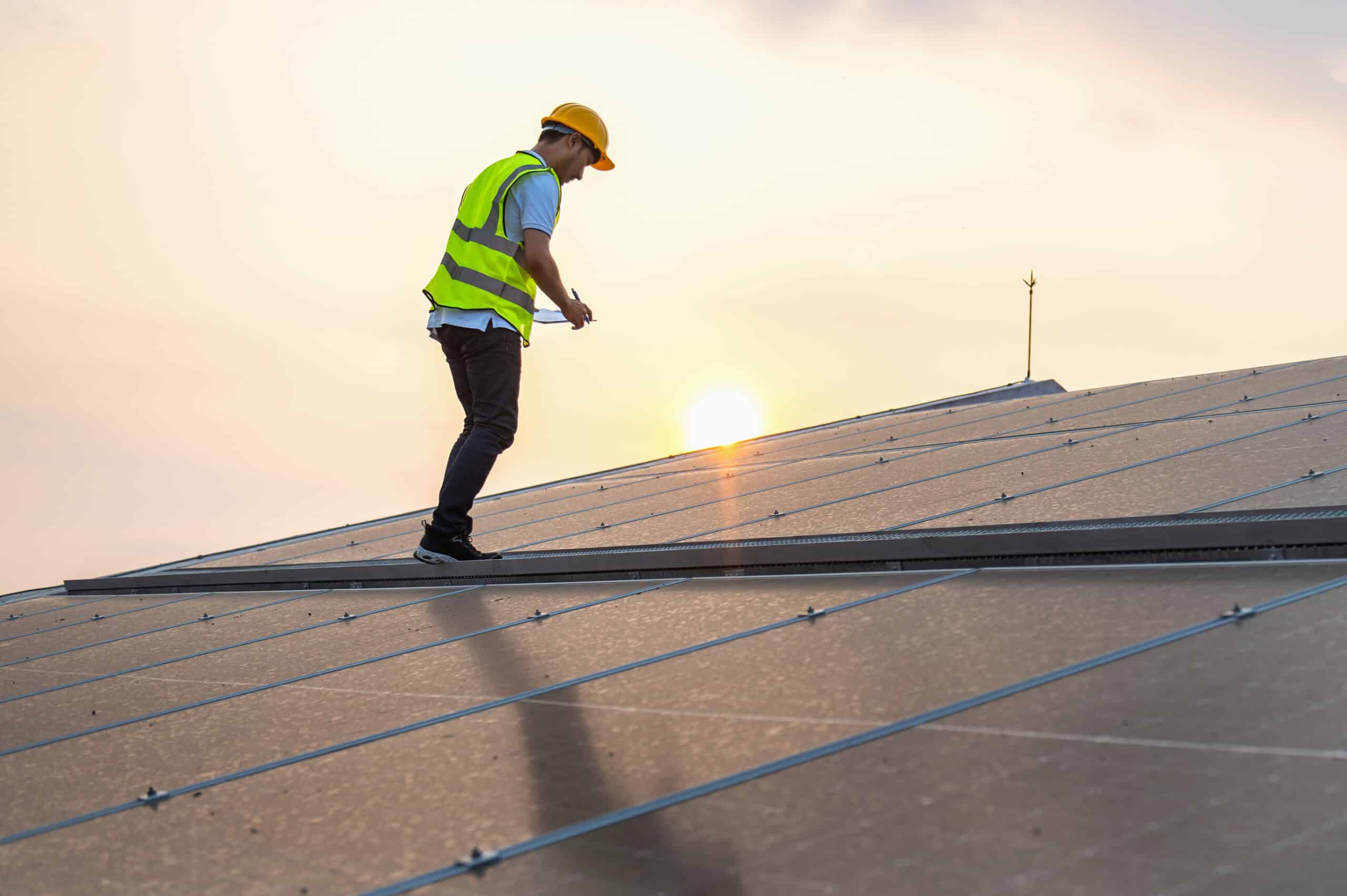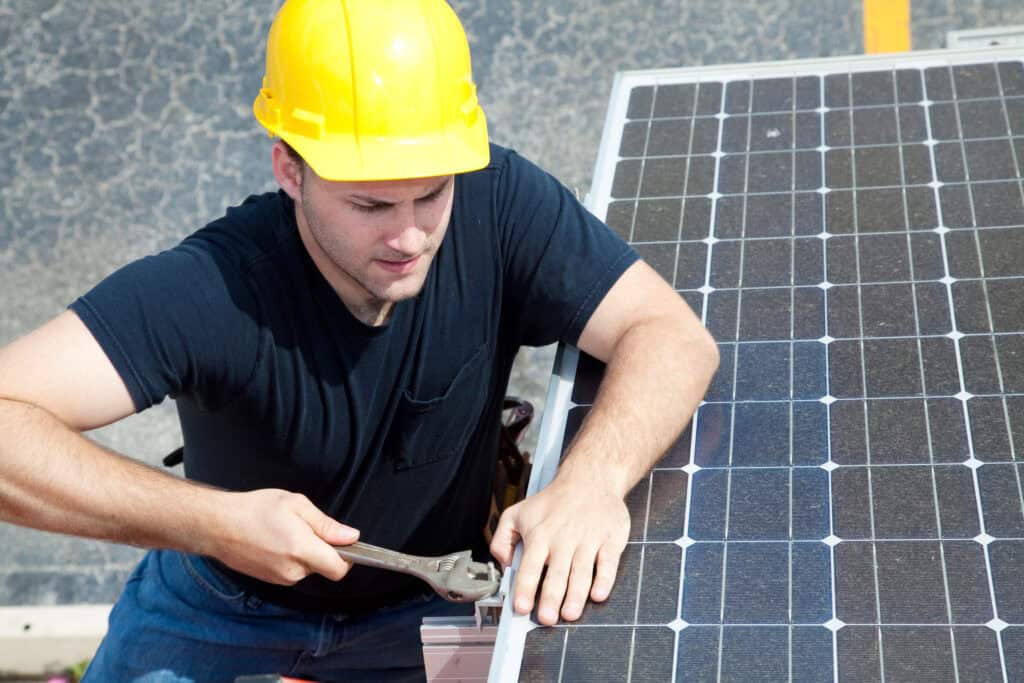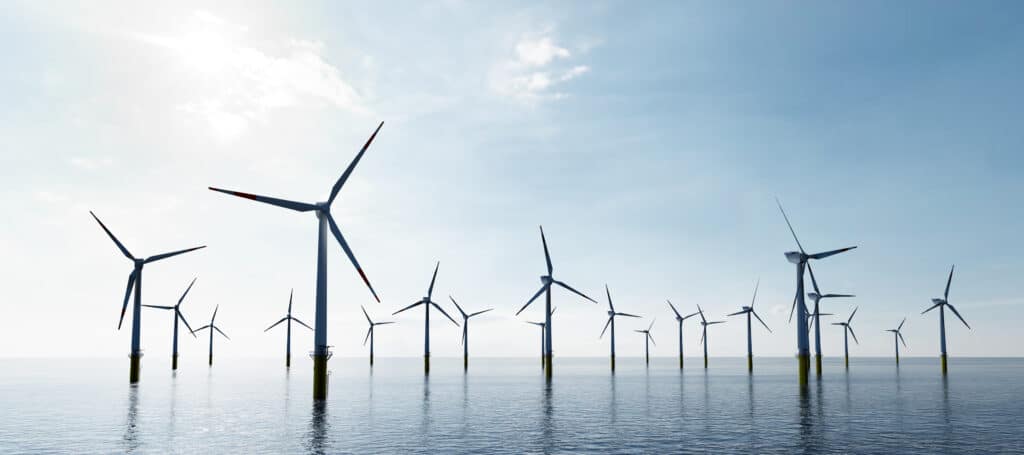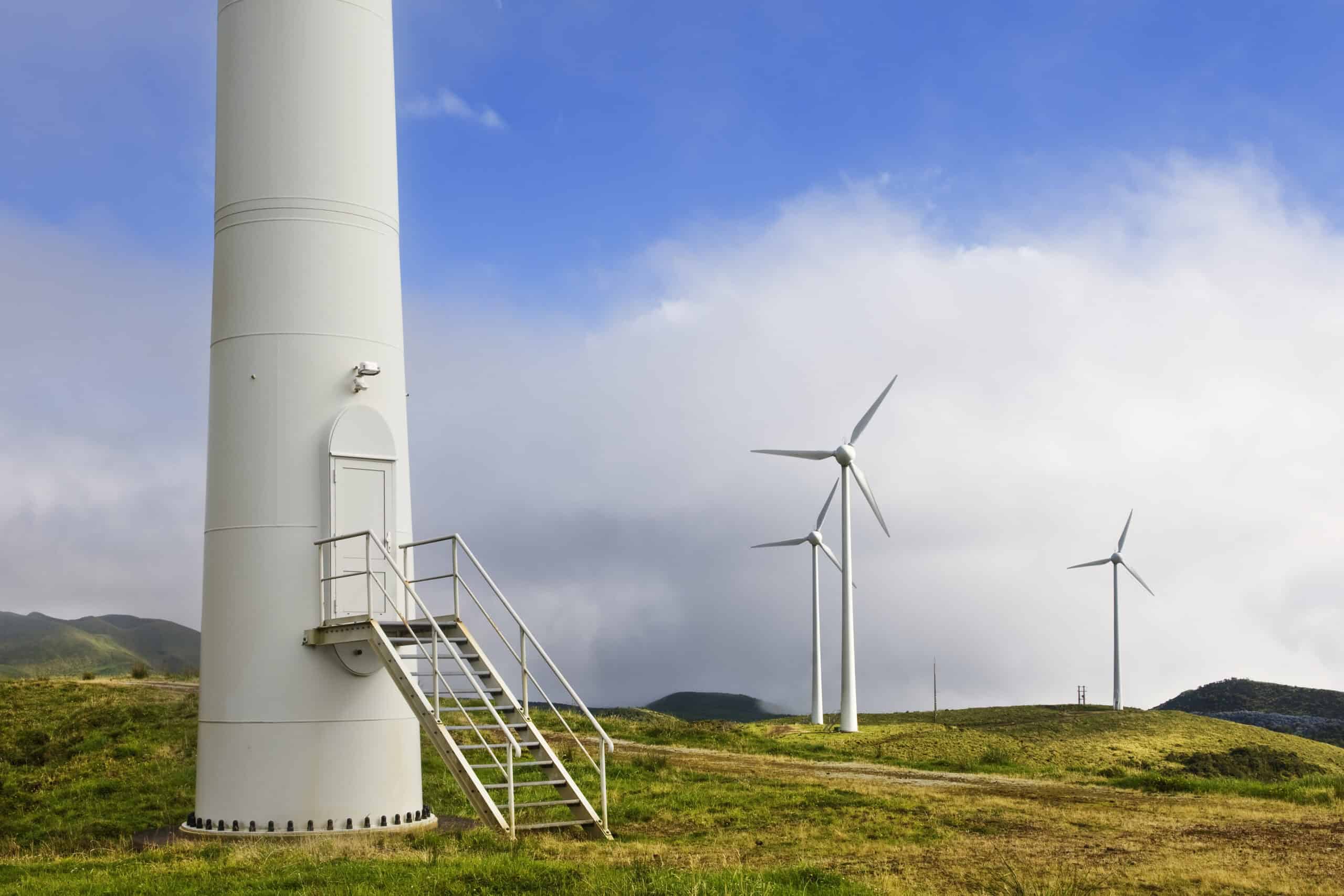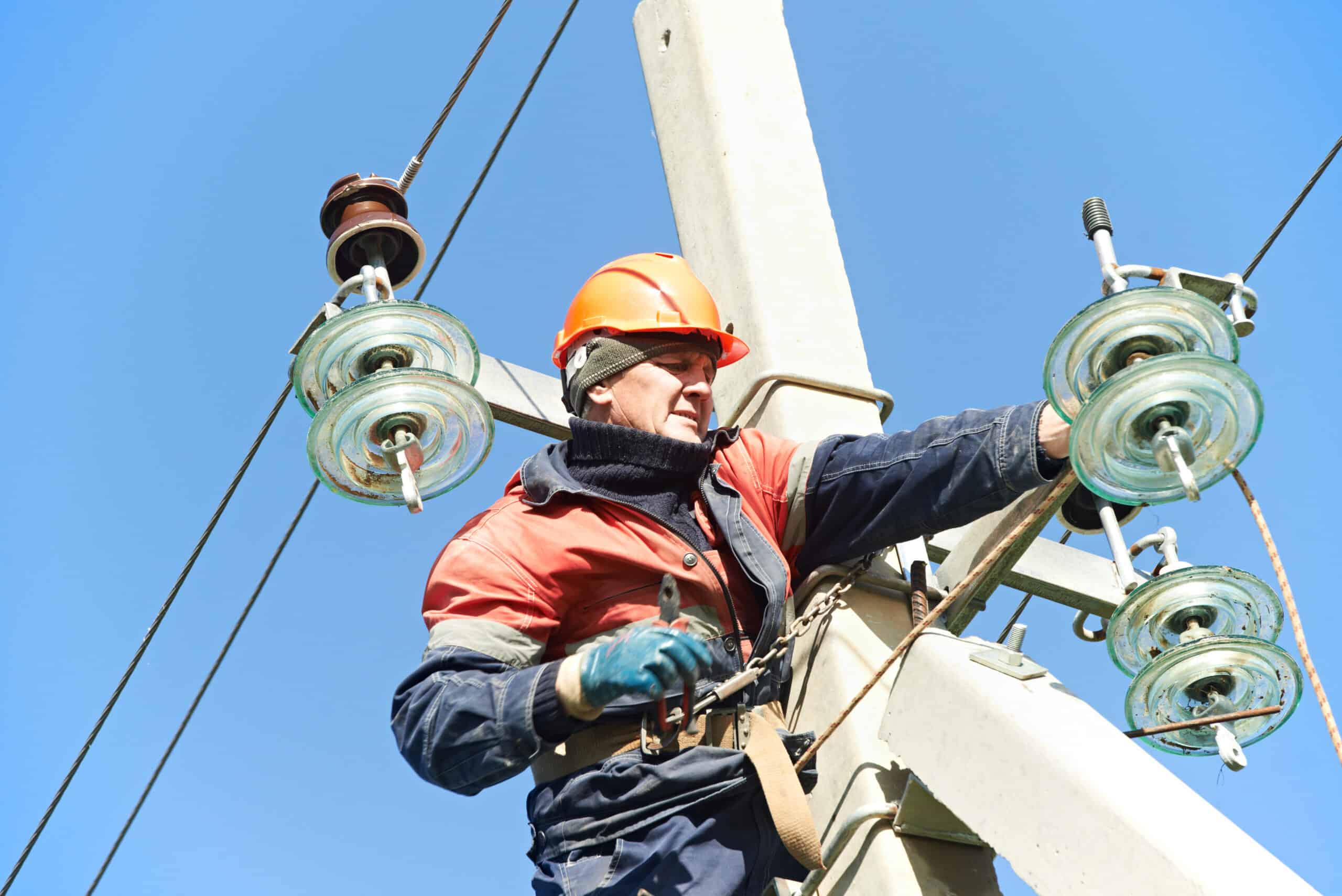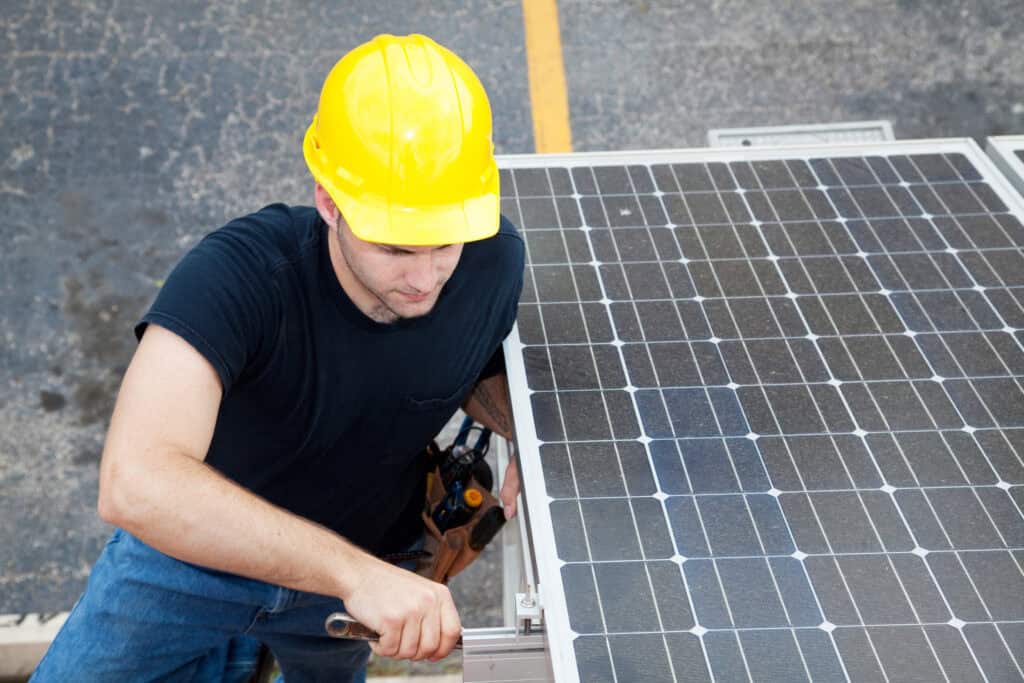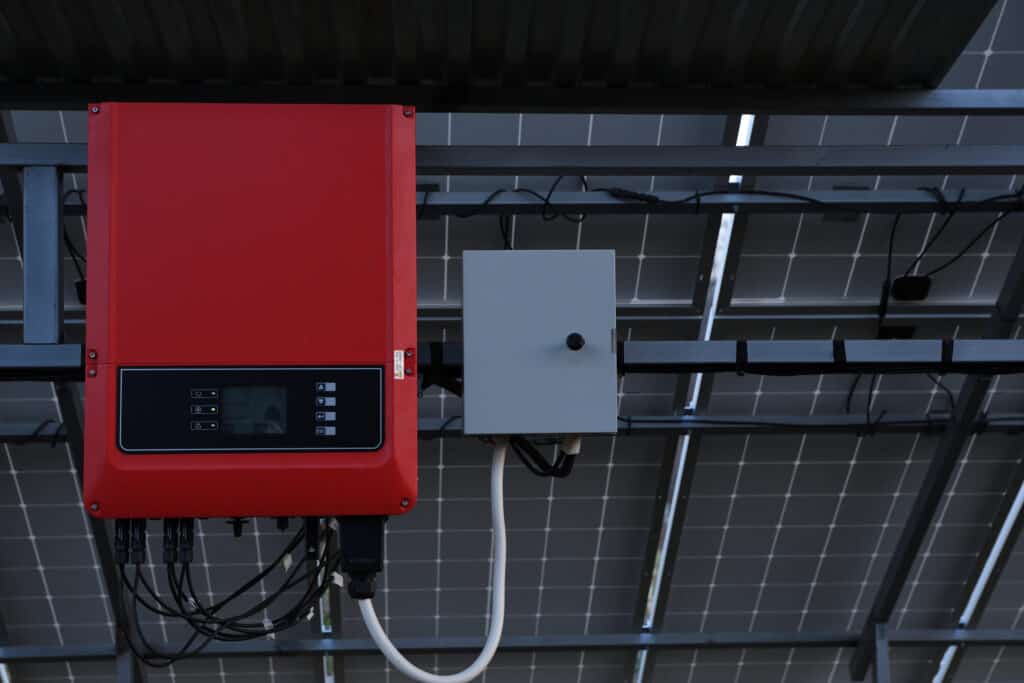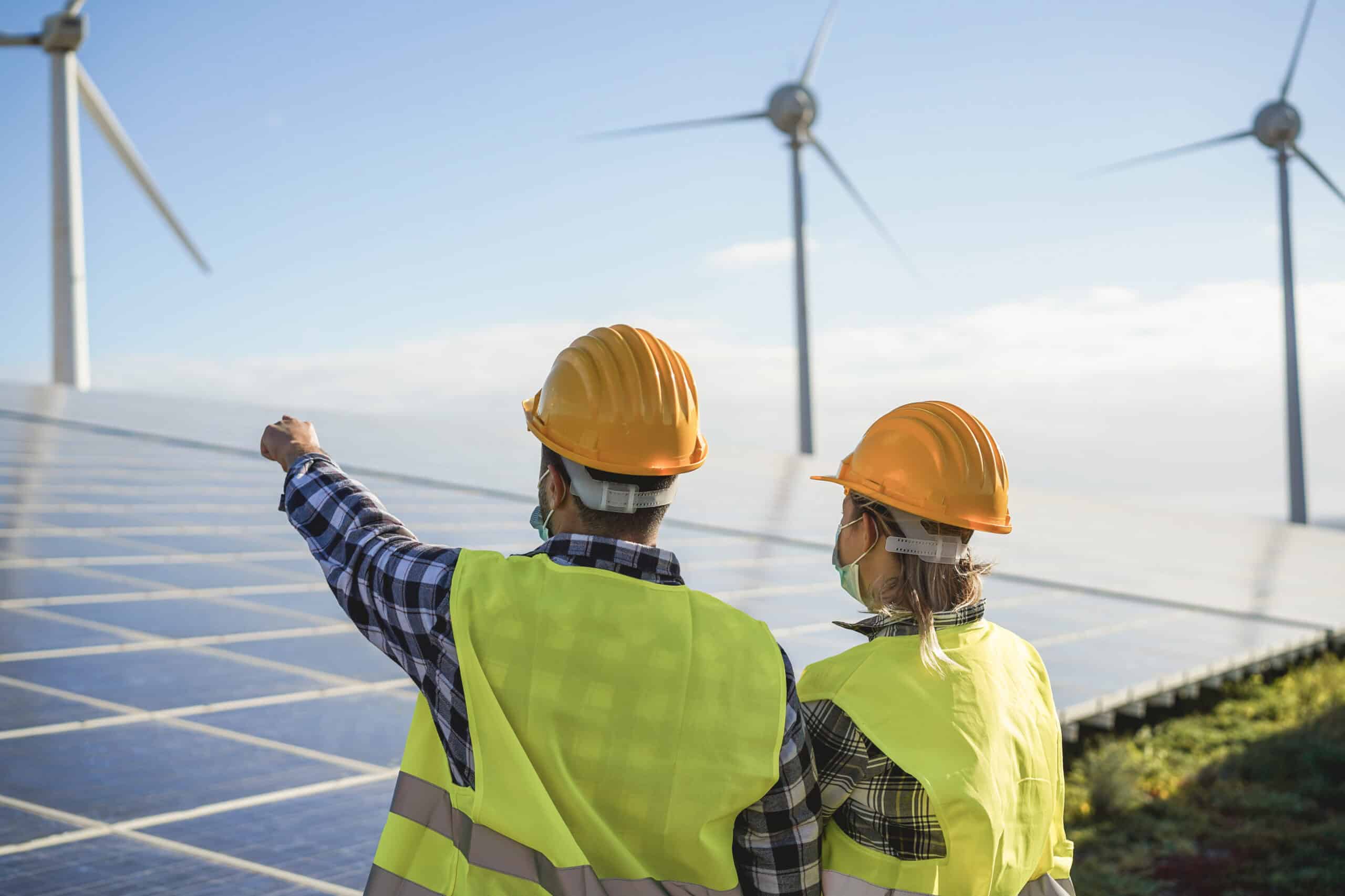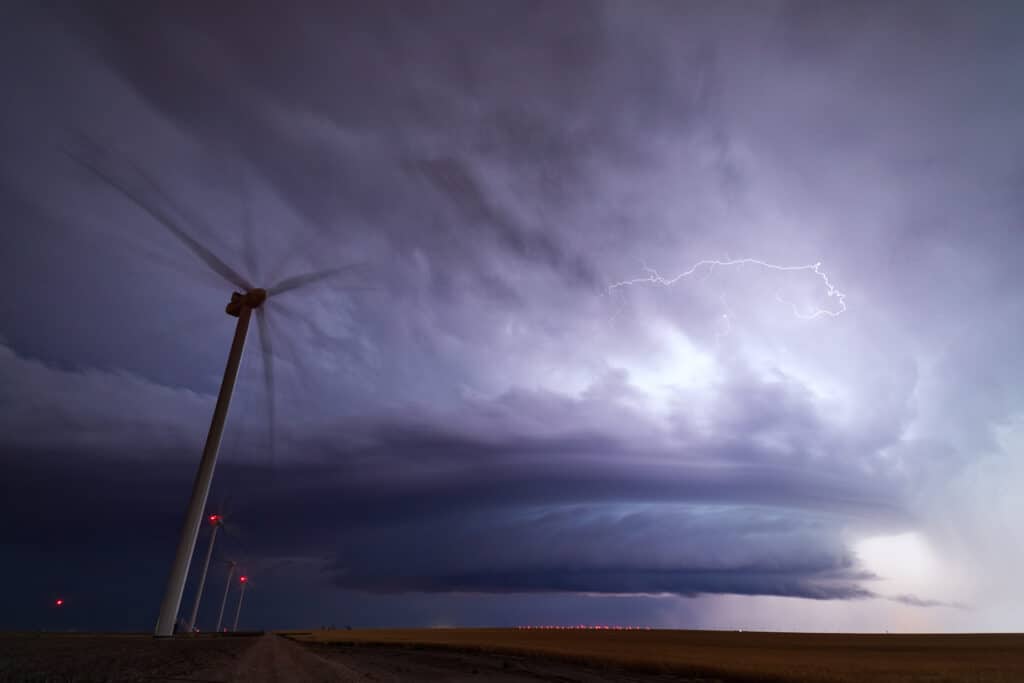As solar energy increasingly becomes a cornerstone for sustainable living, finding the right solar contractor is crucial. JMS, renowned as industry leaders, shine brightly in this realm. This comprehensive FAQ guide explores why JMS stands out as the top choice for solar contracting, delving into aspects that truly distinguish them.
Table of Contents

1. What Makes JMS the Best Choice for Solar Installation?
JMS combines extensive experience with cutting-edge technology, providing customized solar solutions tailored to individual needs. With a commitment to quality and customer satisfaction, JMS offers a comprehensive service range from residential to commercial installations. Their expertise ensures efficient systems designed to maximize energy production and savings.
JMS’s meticulous approach starts with a detailed assessment of your property to design the most effective solar solution. Their deep understanding of solar energy dynamics ensures that installations are optimized for peak performance. By leveraging the latest technologies and innovations, JMS guarantees systems that are both reliable and sustainable.
2. How Does JMS Ensure High-Quality Solar Projects?
Quality is at the forefront of JMS’s services. As licensed and certified solar contractors, JMS adheres to stringent industry standards. They partner with top manufacturers to offer robust panels and components, ensuring longevity and performance. Every project undergoes rigorous quality checks, from initial planning through to post-installation maintenance.
JMS is committed to continuing education and training, enabling their team to stay abreast of industry advancements. This dedication translates into unmatched craftsmanship and high-quality installations that meet your energy needs efficiently. Clients receive not just service, but lifetime value through reduced energy costs and environmental impact.
3. What Are the Unique Benefits of Choosing JMS Over Other Solar Contractors?
While many contractors offer solar services, JMS sets itself apart through its client-focused approach and vast array of benefits. Key among these is their holistic service offering, which includes consultation, design, installation, and maintenance. This end-to-end approach simplifies the solar adoption process for clients, offering peace of mind.
Furthermore, JMS provides exceptional customer service, ensuring all questions and concerns are addressed promptly. Their transparent communication style builds trust and confidence, forming long-term relationships with clients. Additionally, with competitive pricing and flexible financing options, JMS makes solar energy accessible to a wide audience.
4. How Does JMS Handle Post-Installation Service and Maintenance?
JMS’s relationship with clients doesn’t end with installation. They offer an extensive post-installation service to ensure your solar system’s optimal performance. From regular maintenance checks to performance monitoring and troubleshooting, JMS ensures that your system remains efficient and dependable over time.
Their proactive maintenance approach minimizes downtime and can prevent costly repairs, giving you seamless access to solar energy. JMS’s commitment to aftercare is a testament to their belief in quality assurance, reinforcing their reputation as reliable solar contractors.
5. How Does JMS Support Environmentally Sustainable Practices?
JMS champions sustainability not just through their solar installations, but also through their operational practices. By advocating for renewable energy, they contribute to reducing carbon footprints and fostering an eco-friendly future. Their systems are designed to harness maximum solar power, decreasing reliance on non-renewable energy sources.
Furthermore, JMS educates clients about energy conservation and efficiency, empowering them to make informed decisions. Their sustainable approach extends beyond installations, fostering an overall reduction in environmental impact through educated usage and efficient design.
6. What Are Customers Saying About JMS’s Solar Contractor Services?
Customer testimonials for JMS frequently highlight their professionalism, reliability, and unparalleled service quality. Clients appreciate the meticulous attention to detail and personalized service they receive. Many commend JMS for exceeding expectations, particularly in terms of project timelines, budget adherence, and post-service support.
The positive feedback underscores JMS’s dedication to quality and customer satisfaction. By prioritizing client needs and maintaining open communication, JMS fosters a unique sense of partnership, ensuring that every client feels valued and understood.
7. How Does JMS Incorporate Technology and Innovation in Their Services?
JMS stays ahead of industry trends by integrating the latest advancements in solar technology into their projects. From advanced photovoltaic cells to innovative energy storage solutions, JMS provides clients with state-of-the-art installations that offer increased efficiency and performance.
Their embrace of smart technology, such as monitoring systems, allows clients real-time visibility into their energy production and consumption. This tech-forward approach not only enhances system management but also empowers clients to optimize their energy use according to their specific needs.
8. What Is JMS’s Approach to Customized Solar Solutions?
Every property and client is unique, and JMS’s solar solutions reflect this philosophy. They take the time to understand each client’s energy requirements, property constraints, and financial considerations to tailor-make solar solutions. This personalized approach ensures that each installation provides maximum benefit and aligns perfectly with the client’s objectives.
JMS’s custom solutions include detailed energy audits, personalized design plans, and tailored panel placements. Such attention to individual requirements sets JMS apart, driving value and satisfaction for diverse clients across residential and commercial sectors.
9. How Accessible Are JMS’s Solar Contractor Services for Different Types of Clients?
JMS is committed to making solar energy accessible to all, offering flexible financing options to accommodate varying financial situations. They provide consultations that help clients identify the best financial strategies to suit their budgets, making it feasible for anyone to embrace solar technology.
This inclusivity is a cornerstone of JMS’s mission, ensuring that a wide range of clients, from homeowners to large enterprises, can benefit from solar energy. Their customer-first philosophy ensures seamless adoption and long-term satisfaction.
Conclusion – The Best Solar Contractors
Choosing a solar contractor is a significant decision, and JMS stands out as the consummate choice for those seeking quality, reliability, and innovation. JMS’s comprehensive services, client-centric approach, and unwavering commitment to quality and sustainability make them leaders in the solar industry. Through this FAQ guide, potential clients can confidently turn to JMS for exceptional solar contracting services, investing not only in energy solutions but in a sustainable future.


